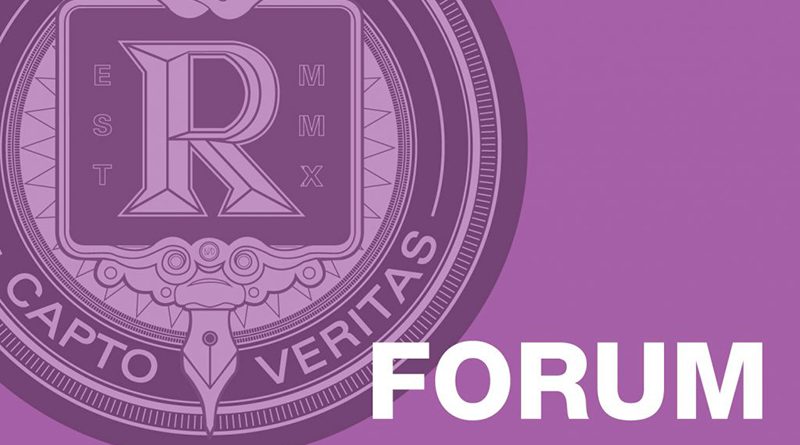Is The Tobacco 21 Bill Enough?

Prompted by more than 2,000 vaping related lung illnesses, President Donald J. Trump signed the Tobacco 21 bill into law on Dec. 20, 2019, which raised the legal age to purchase tobacco products, including e-cigarettes, from 18 to 21 years old nationwide.
The law is supported both by tobacco companies, because the likelihood of their products being pulled off the shelves is now lower, and by public health advocates whose goal is to limit tobacco access to teens and young adults who are particularly vulnerable to its addictive properties. Regardless of the intention behind the support, the new law is a step in the right direction to reduce both morbidity and mortality related to tobacco product use.
According to the Centers for Disease Control and Prevention, almost nine out of 10 people who smoke cigarettes tried it for the first time by age 18. Even more concerning, every day approximately 1,600 youth smoke their first cigarette.
Although the current use of cigarettes and cigars among middle schoolers and high schoolers has decreased since 2011, teens and young adults did not come out unscathed after the e-cigarette market boom. With marketing tactics that seemed to deliberately target youth with fruity flavors and a sleek design, companies like JUUL undoubtedly benefited from the interest in their younger consumers.
Alarmingly, current e-cigarette use has increased from 0.6% to 10.5% among middle schoolers and from 1.5% to 27.5% among high schoolers since 2011. To put it into perspective, that is more than one out four high school students smoking from devices with “e-juice” formulas that there is not that much research on and could potentially be harmful to their lungs and other vital organs.
When asked, many teens claimed to not know that e-cigarettes have nicotine in them; they thought it was just flavored water vapor. The truth is that many e-cigarette pods contain as much nicotine as an entire cigarette pack. Also, it is not a vapor which is just gas; it is an aerosol which is a suspension of particles in gas. Not much is known about what makes up these particles, but young people can potentially be exposing themselves to metals from the heated coil or carcinogens such as pulegone found in menthol-flavored tobacco products.
As if cancer were not worrisome enough, exposure to free radicals that cause inflammation and cell damage can increase the risk of respiratory and cardiovascular issues as well.
Still, the question remains: will raising the age to 21 actually reduce the use of tobacco products among youth?
According to the Federal Trade Commission, after the passing of the National Minimum Drinking Age Act in 1984 there was a reduction in drinking among high schoolers as well as less automobile accidents caused by teen drunk driving. Even though high schoolers still drink, limiting their access to alcohol did have the intended effect.
With that same logic and considering that most smokers smoked their first cigarette before they were 18 years old, increasing the legal age of tobacco consumption to 21 is projected to have a similar effect in youth smoking habits. Younger people have access to e-cigarettes through acquaintances and friends who may be 18-year-old seniors in high school. By removing their access to these products, the younger teen’s supply will effectively be cut as well, leading to a domino effect that will hopefully reduce consumption across all youth.
E-cigarettes were originally a less toxic option for smokers who were trying to wean off of smoking traditional combustible cigarettes. While the idea seemed harmless and possibly even beneficial for some, there were consequences that our nation was not prepared for.
The appeal to teens led to negative public health effects such as the introduction of nicotine to young people who might have not been exposed to tobacco products otherwise. Thirty-nine deaths and thousands of vaping-related hospitalizations later, Tobacco 21 serves as our beacon of hope to potentially save many lives that would have been lost to the tobacco industry.


